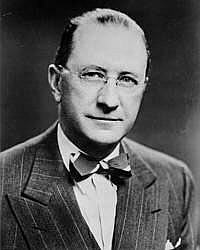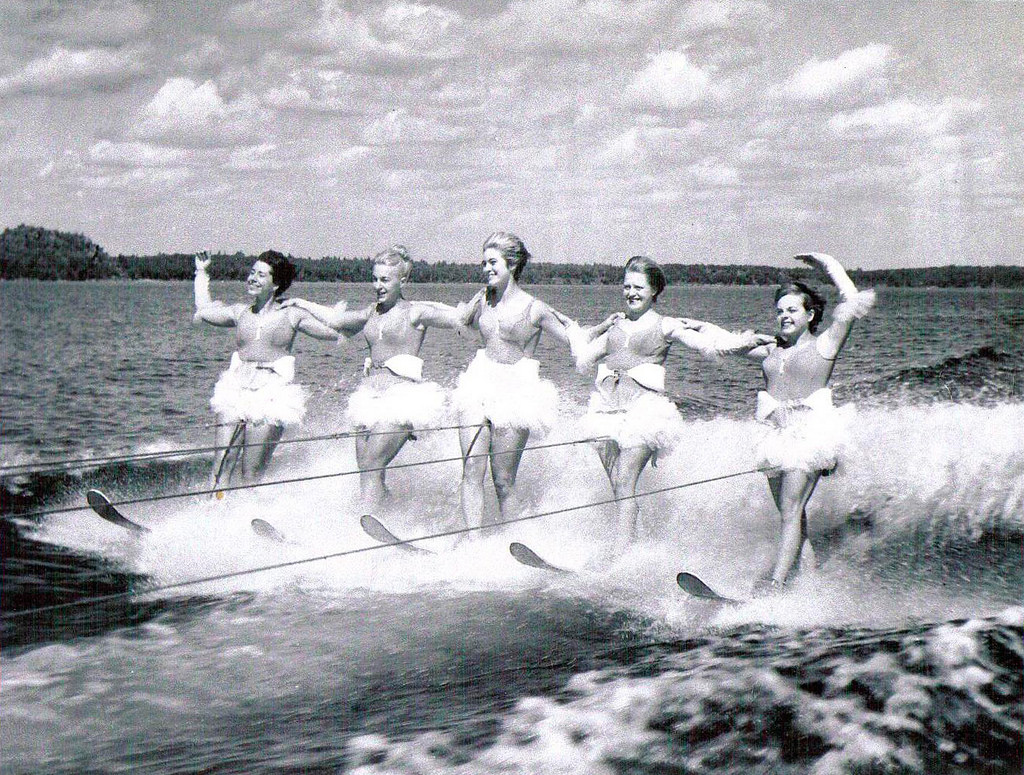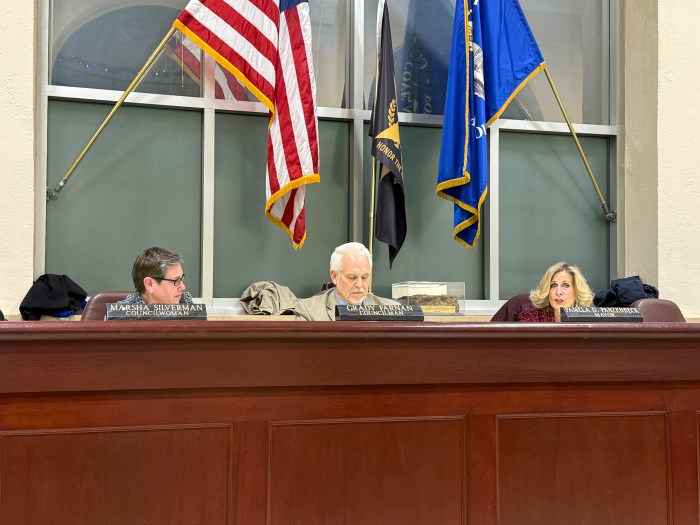
Huntington’s Fred Waller, a special effects man at Paramount Pictures’ Astoria studios back in the 1920s, first imagined water skis as a way to mount motion picture cameras behind speed boats.
In the end, riding the things proved to be too much fun to waste on cinematography. These were not, let’s be clear, like the skis we know today. The first models were eight-
feet long and made from the same straight-grain mahogany used in yachts. Each ski tip was attached to the boat by a rope, while a second set led back to a hand bridle. There were no rubber slippers for the feet.
Waller patented his idea in 1925 and “Akwa-Skeeing,” as he called it, became all the rage at Abercrombie & Fitch and Marshall Field. Additional sales were to the U.S. military
and various shipping companies. Screen icon Clara Bow was the company
spokeswoman, urging boaters everywhere to experience the thrill of “flashing over the
foam, gliding on the wave tops.”
The skis were one of 16 patents awarded Weller before his death in 1954, including
designs for the first automatic photographic printer and timer, a military gunnery
trainer used in World War II and, in the early 1950s, the ultrawide-screen movie system
called Cinerama.
“My father wanted me to go to college, but I wouldn’t go,” Waller told True Magazine in
1953. “I found out that I needed two modern languages and two dead ones to become a mechanical engineer and so I said to hell with it.
“I wanted the meat. I wanted to know why things work. The basic physics and mechanics of it, and no frills.”
The real inventor of water skis? Probably a young Minnesota man, Ralph W. Samuelson, who rode wooden planks to wow the crowds at Lake Pepin several years before Waller’s patent. His specialty: leaps of 60 feet or more from lard-greased ramps.
There would be no jumping the shark without him.



































